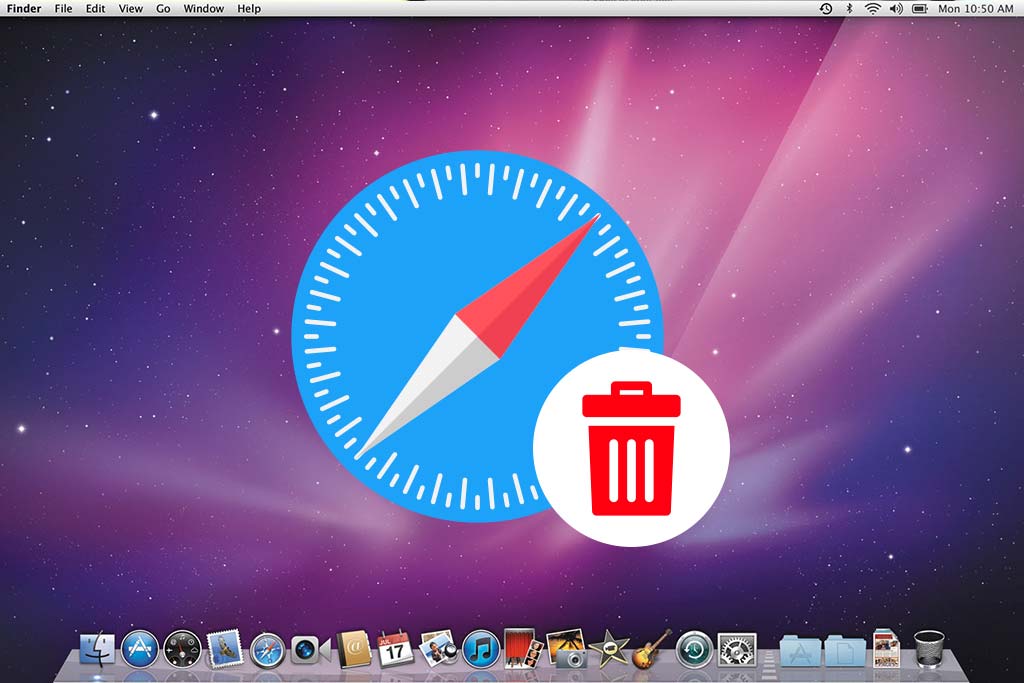
21 Apr How to Uninstall Safari on Mac Manually
Since Apple released Safari in 2003, it has become one of the favorites of Mac users. That being said, most people still prefer and trust on other browsers (Google Chrome topping the list) as their primary web browser. So, if you feel the same way or perhaps want to uninstall Safari because the current version is acting up, you must be wondering how you will do that.
In this post, we’ll help you learn how to uninstall Safari on Mac manually. However, we would like to make clear first that since Safari is an important and default app in Mac, your system might face some issues if you try to uninstall the application.
Before proceeding to the uninstalling process, we want to make it clear that you cannot uninstall Safari completely from all macOS versions. In the versions where uninstallation is not permitted, you can do a trick. Remove Safari data completely and reset the browser to its factory settings. In this way, you need not use it in the future and it will not interfere with your system functionality and storage.
How to Uninstall Safari on Mac on your Own
The newer versions don’t permit you to uninstall Safari from the Mac because until their release Apple had made Safari integral for the system security. In older versions, you can do the following to remove the browser.
The only point to remember if you decide to remove Safari on your own is that you’ll have to find and delete all the associated files and data along with the app.
Unlike other apps, dragging and dropping of Safari into Trash is not possible because it’s an important app for the system and you need to delete the leftovers most importantly.
So, to get rid of Safari, you need to remove these types of files from the system:
- Saved States: You will find these here:
/Users/ XYZ /Library/Saved Application State/ - Caches: You will find these here:
/Users/XYZ/Library/Caches/
/var/folders/typically-two-numbers-andOr-letters/C/ - Preferences: You will find these here:
/Users/ XYZ /Library/Preferences/ - Crashes: You will find these here:
/Users/ XYZ /Library/Application Support/CrashReporter/ - Library: You will find these here:
/Users/ XYZ /Library/ - Plugins: You will find these here:
/Users/ XYZ /Library/Address Book Plug-Ins/ - Dock Icon: You will find these here:
/Applications/ - Application Support Files, You will find these here:
/Users/ XYZ /Library/Application Support/ - Binaries: You will find these here:
/Applications/
[Note: Some of these files might not show up because they never got created. So, don’t worry. Delete whichever of these are visible to remove Safari from your Mac.]
Once done, drag and drop Safari into Trash to uninstall it from your Mac.
Alternatively, you can also use Terminal to delete Safari from your macOS.
Uninstall Safari from Mac using Terminal
Follow these simple steps to do it:
- Make sure Safari is closed completely
- Open Spotlight by pressing these two keys simultaneously: Command + Space Bar
- Type terminal and click on the first name to open Terminal
- Once inside, type this code:
cd /Applications/
- Now, type this code:
sudo rm -R Safari. app
- Provide your admin password
- Type this code:
cd /private/var/db/receipts/
- Type this code:
ls -al
- Note down the Safari BOM (You will have a list of some file names)
- Type this code each time while deleting these one by one:
sudo pkgutil forget PkgNameHere (ex: sudo pkgutil forget com.apple.pkg.Safari)
Using any of these cases will help you remove Safari from your Mac. We again warn before you do this to think twice because removing Safari causes issues to at least one functionality of the OS. So, it’s recommended to rather stop using the app than uninstalling it.

No Comments